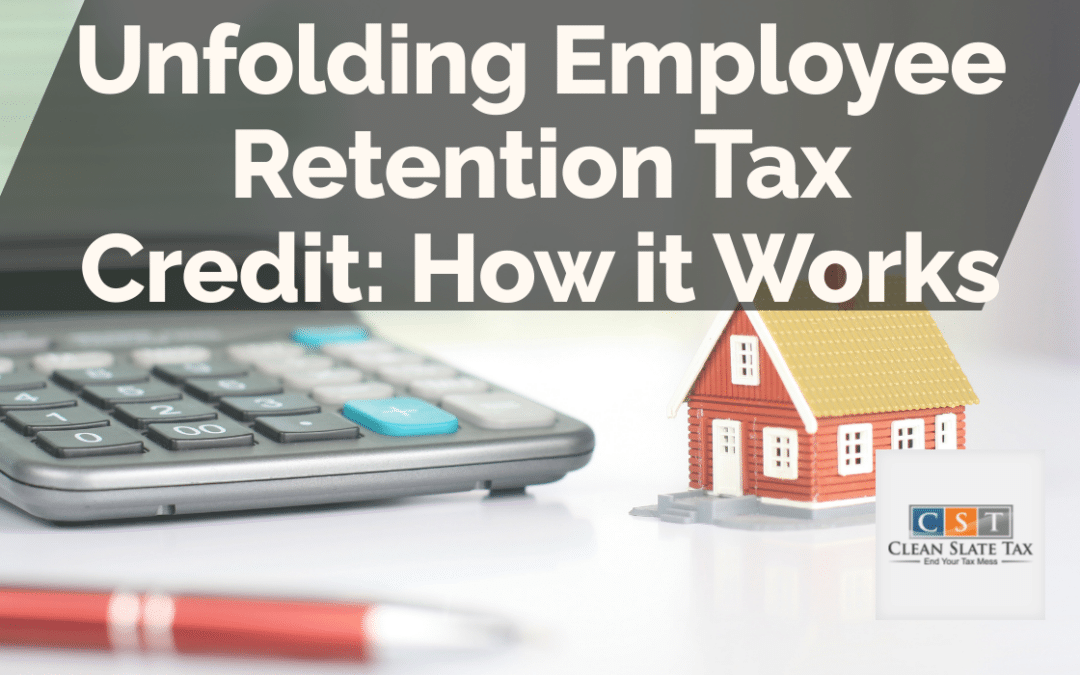In the rapidly evolving financial landscape, one provision catching the attention of employers is the Employee Retention Tax Credit (ERTC). Introduced as a response to the global pandemic, the ERTC holds great significance for many businesses. If you are an employer seeking valued insights into ERTC works, you have landed on the right page. Let’s dive deeper to understand and unfold the nuances of this credit, how it can benefit your business, and some frequently asked questions surrounding this topic.
Conceptualizing Employee Retention Tax Credit
The Employee Retention Tax Credit is a refundable tax credit designed to encourage businesses to keep their employees on the payroll. This credit applies to specific expenses, primarily wages and health plan expenses, and can prove crucial in mitigating financial strains on businesses, particularly in crisis periods.
Eligibility Criteria for ERTC
To be eligible for the Employee Retention Tax Credit, the employer should meet two primary conditions: significant business suspension due to governmental orders or a notable decline in gross receipts. These conditions are thoroughly examined and warrant a detailed understanding for effective utilization.
Operational Impact
One condition of eligibility is that the operations of the business should have been partially or fully suspended by a governmental order. This encompasses a wide range of scenarios, from mandatory business closures to restrictions on commerce, travel, or group meetings.
Decline in Gross Receipts
The other qualifying factor is a significant decline in gross receipts. For this purpose, ‘significant decline’ is defined as a reduction of 50% or more in gross receipts for the same quarter of the previous year.
Benefit Calculation
The exact amount of credit is determined based on the eligible wages and health plan expenses paid by the employer. The CARES Act provisions suggest that the tax credit can be up to 50% of the qualifying expenses, up to a maximum of $5,000 per employee for 2020. For the year 2021, the Consolidated Appropriations Act increased this figure to 70% of eligible wages, up to a maximum of $14,000 per employee.
Frequently Asked Questions
Can small and large businesses both apply for the ERTC?
Yes, both small and large employers are eligible to apply for the Employee Retention Tax Credit, provided they satisfy the eligibility conditions.
Does ERTC apply to employers of all industries?
The intention of the ERTC is to cover all employers, irrespective of industry, who have been financially affected by the COVID-19 pandemic.
Can an employer claim ERTC if they have received a Paycheck Protection Program (PPP) loan?
Initially, businesses who received a PPP loan were not eligible to also claim the ERTC. However, a policy update made in December 2020 now allows employers who obtained a PPP loan to claim the ERTC, but the same wages cannot be counted for both benefits.
The Employee Retention Tax Credit is a powerful tool for businesses grappling with the financial challenges during testing times. By leveraging this credit effectively, businesses can work towards ensuring employee retention and financial stability. Remember that while we’ve covered the basics here, there are other crucial aspects of ERTC that warrant a thorough understanding for optimal benefit.





